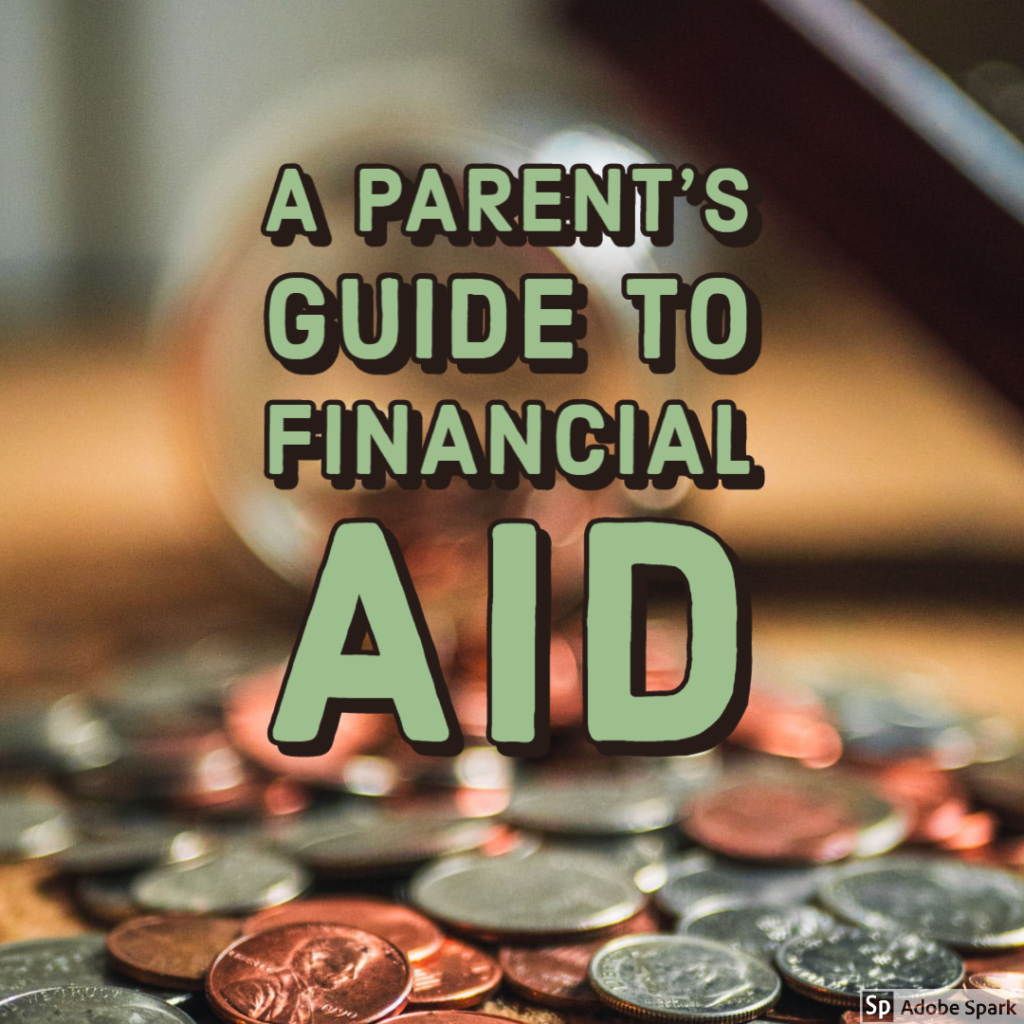
Financial aid can be a confusing part of the college application process. Even if you can afford to pay for college, it’s a good idea to learn what aid is available and apply for it. You aren’t obligated to accept it, but most students qualify for some form of aid and, if it’s available, why not use it?
What is financial aid?
Financial aid is intended to make up the difference between what your family can afford to pay and what college actually costs. With college tuition rising rapidly, more than half of the students currently enrolled in college receive some sort of financial aid to help pay for college. The system is based on the premise that anyone should be able to attend college, regardless of financial circumstances. However, students and their families are expected to contribute to the extent that they are able.
There are two types of aid: need-based, and non need-based. Need-based aid includes grants and scholarships that are issued based on the family’s ability to contribute to education costs. Non-need-based aid is allocated solely based on availability, not need.
There are three main types of financial aid: grants and scholarships, loans and work study.
What is “free” money?
Not all aid is equal and the best aid is the aid you don’t have to pay back. It’s like getting a huge coupon of savings to use for your college education. Here are the types of aid you can receive that you won’t have to pay back after graduation:
- Federal Grants – These are grants given by the federal government.
- Pell Grant – This grant is given to students with exceptional financial need.
- College Grants – These grants are awarded by the individual colleges based on financial need.
- State Grants – These grants are given to students who plan to attend college in their own state (and states are strict about residency).
- Private Scholarships – There are a multitude of private scholarships available awarded by private organizations and businesses for every type of student.
- Institutional Scholarships – These scholarships are given by individual colleges based on the student’s qualifications or financial need.
- Federal Scholarships – Scholarships funded by government agencies.
- Tuition Waiver – This waiver is offered by colleges to students who meet specific criteria (e.g. child of a POW/MIA)
What types of education loans are available?
Not all college loans are equal.
There are two types of government-based loans: subsidized and unsubsidized. Subsidized loans have lower interest rates and are awarded based on the student’s financial need with interest deferred until after graduation. Unsubsidized loans are awarded without regard to financial need with interest payments beginning immediately and regular payments due after graduation. Following is a brief description of each:
- Stafford Loan – Government based loans that can be either subsidized or unsubsidized.
- PLUS (Federal Parent Loans for Undergraduate Students) – This loan is for creditworthy parents and has payments due beginning 60 days after it is disbursed with relatively low interest rates.
- Private Loan – Loan offered by private lenders usually with higher interest rates than government loans.
- Institutional Loan – A loan in which the school is the lender.
Once you have chosen the loan that best fits your needs, do the research and educate yourself about repayment, interest rates and grace periods.
To learn more about work study, the FAFSA, the EFC and award letters, read the entire article I wrote for TeenLife Online Magazine here.
